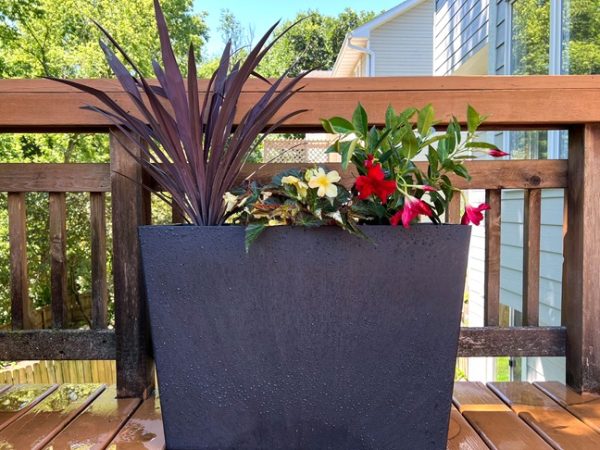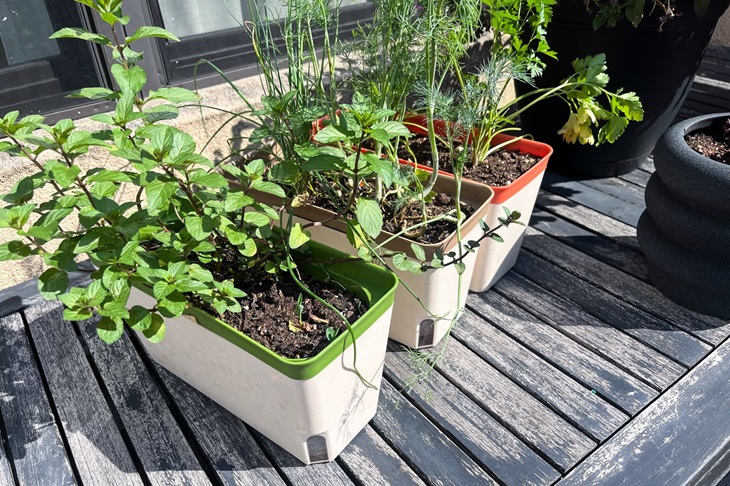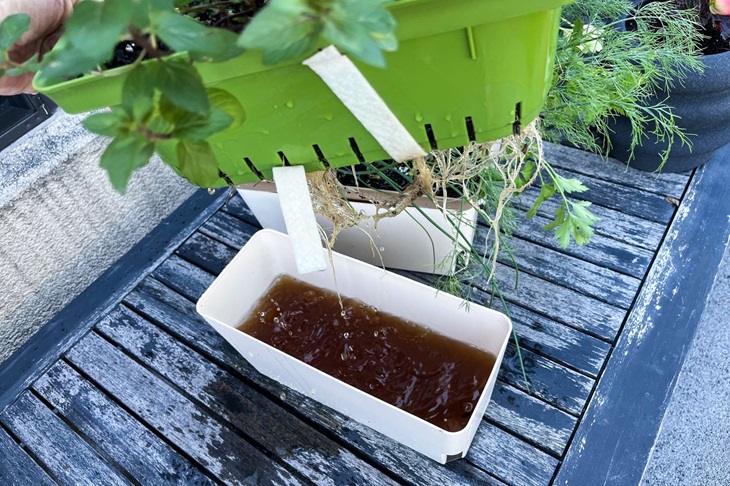05
Aug

Keeping plants alive shouldn’t feel like a full-time job, yet for many of us juggling work, family, and social obligations, remembering to water the basil or give the peace lily a drink can feel like the final straw. This is where the innovative self-watering systems come in handy. If you’ve ever forgotten to water your plants, second-guessed your watering routine, or watched your greenery wilt despite your best efforts, this clever invention might just be what your plant care routine has been missing.

We all love the idea of bringing a little greenery indoors or cultivating a mini herb garden on the balcony. But let’s be honest: life gets hectic. Between deadlines, school runs, weekend getaways and impromptu TV show marathons, remembering to water your plants often slips down the to-do list.
That’s where self-watering pots come in. These smart little containers are designed to do the remembering for you, ensuring your plants stay hydrated and happy with minimal effort on your part.
In short, a well-designed self-water pot is a type of planter that contains a built-in water reservoir. Instead of watering the soil directly from the top, the pot draws water from the reservoir below using capillary action – essentially, the plant takes up water as and when it needs it, rather like sipping through a straw.
This system is fundamentally different from traditional pots, which rely solely on your memory and technique. With regular pots, it’s easy to overwater or underwater, both of which can lead to root rot, wilting, or general plant unhappiness. Self-watering pots, on the other hand, deliver moisture consistently and efficiently, promoting healthier root systems and reducing stress for both the plant and the gardener.
Most designs include a water-level indicator, making it easy to know when it’s time to top up. Others are more minimalist and rely on a quick visual check. Either way, it’s gardening made easy.
You don’t need to be a gardening expert to appreciate the beauty of a self-water pot. They’re a great option for people who travel regularly, forget to water their plants, or are simply too busy to tend to them daily. They’re also ideal for those just starting out with indoor gardening and don’t yet have a feel for when and how much to water.
If you live in a flat, share space with pets or kids, or keep plants in tricky spots like office desks or high shelves, these pots offer a tidy and efficient solution. Even seasoned plant lovers often use them for more delicate or demanding species that require consistent moisture.
So, do watering pots really work? The answer is a resounding yes, and they offer more than just convenience. Because the plant draws water only when it needs it, you avoid the common problems of overwatering and underwatering. The result is healthier roots and happier plants. You also end up using water more efficiently, which is especially important during dry seasons or for those conscious of conservation.
With watering reduced to once every week or two, depending on the plant and pot size, it’s one less thing to remember during your hectic routine. Plus, you won’t have water pooling on your windowsill or dripping onto the carpet. That makes them perfect for indoors, especially in smaller living spaces where mess-free gardening is key.

Setting up is simple and satisfying, and no green thumb is required.
Getting started with these pots is easy, and you don’t need fancy tools or a green thumb. Choose a pot that suits the size of your plant and fits your space. Many offer stylish, modular planters perfect for both indoor and outdoor use.
Before potting, gently loosen the plant’s roots. This encourages them to grow outward and downward into the reservoir zone.
Most of these pots work best with a specific soil setup:
Use clean water (rainwater or filtered if possible) and fill the reservoir to the recommended level. Some pots have an overflow outlet to prevent overfilling.
When first setting up, it’s a good idea to water the soil from the top once. This helps the capillary action begin and ensures the roots are well-positioned to draw from below.
While these pots do most of the work for you, it’s still good practice to check water levels every few days – especially during hot weather or if you have thirsty plants.
We all have good intentions when it comes to plant care. But between work emails, surprise weekend getaways, and that growing to-do list, something’s got to give. Thankfully, it doesn’t have to be your greenery.
The self-water system is the ultimate gardening hack: efficient, stylish, and practically fool-proof. These planters take the guesswork out of watering and give you more time to enjoy your plants, not worry about them.
Still wondering if these pots really work? Give one a go and see the difference it makes. Your plants will thank you, and so will your schedule.
Explore innovative, beautifully designed options and join the growing tribe of gardeners who are saving time, conserving water, and keeping their plants effortlessly thriving.